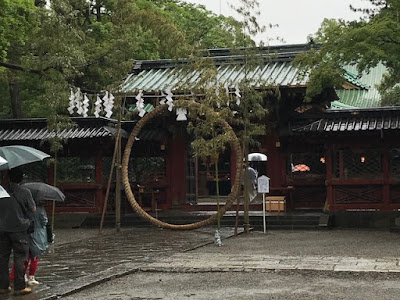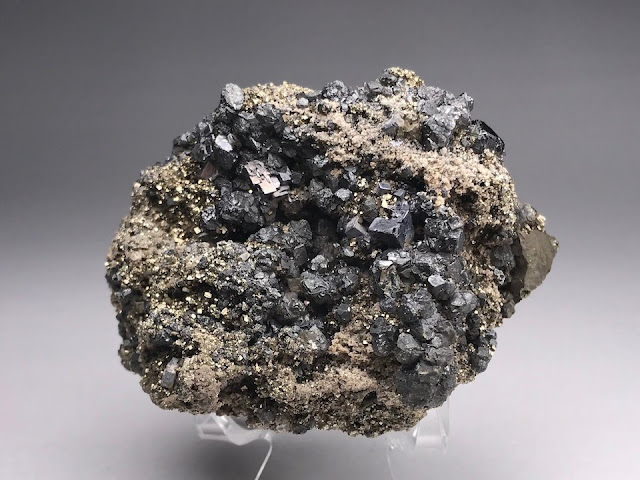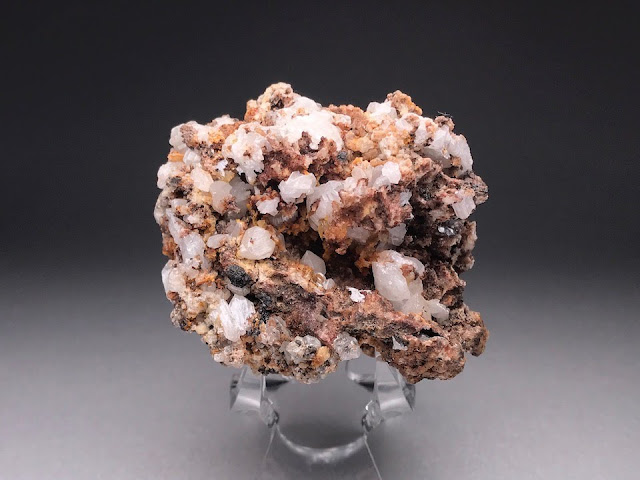茅の輪めぐり Chinowa

近所の神社の茅の輪をめぐった。写真は根津神社の茅の輪。 I visited shrines to see Chinowa . The photo shows Chinowa at Nezu shrine. 6月30日は大祓の日で、この辺では「茅の輪」を3回くぐって厄払いするのが恒例になっている。 June 30th is the day of oh-harai when people throw away misfortune (December 31st is another similar day). People walk through a big ring chinowa three times in a prescribed manner. こちらは神田明神の茅の輪。参詣客が多いからか、ちょっとビジネスライクな感じがする。 This is Kanda Myojin shrine. これは湯島天神。厚ぼったくて、やや洗練さに欠ける。やはり根津神社の茅の輪が真円にちかくてよくできている。相当の職人がいるのだろう。根津神社の茅の輪くぐりは、神主さんを先頭に、たぶん500人以上を引き連れてみんなで茅の輪をくぐる。 This is Yushima Tenjin shrine. I think Nezu shrine's chinowa is most sophisticated. Probably more than 500 people march in procession through the ring, led by the shrine's priests.




